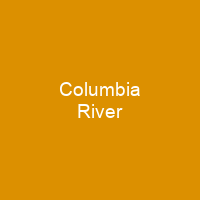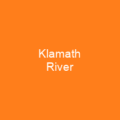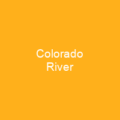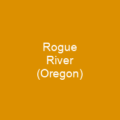The Columbia River is the largest river in the Pacific Northwest region of North America. The river rises in the Rocky Mountains of British Columbia, Canada. It flows northwest and then south into the US state of Washington, then turns west to form most of the border between Washington and the state of Oregon. The 14 hydroelectric dams on the Columbia’s main stem and many more on its tributaries produce more than 44 percent of total US hydroelectric generation.
About Columbia River in brief

In the following decades, fur trading companies used the Columbia as a key transportation route. These fish—especially the salmon species—provided the core subsistence for native peoples. The River system hosts many species of anadromous fish, which migrate between freshwater habitats and the saline waters of the Pacific ocean. It has been used for transportation since ancient times, linking the region’s many cultural groups, and has been central to culture and economy for thousands of years. Its drainage basin is roughly the size of France and extends into seven US states and a Canadian province. For its first 200 miles, the Columbia flows northwest along the trench through Windermere Lake and the town of Invermere, a region known in British Columbia as the Columbia Valley. It turns south and turns to the west at the Spokane River confluence. It marks the southern borders of the Colville Indian Reservation and the western border of the Spokane Reservation after the Okanogan River. It then turns south again near the confluence with the Wenatchee River. The Pend Oreille River joins the Columbia about 2 miles north of the US–Canada border. Below the Arrow Lakes, the Columbia passes the cities of Castlegar, located at the Columbia’s confluent with the Kootenay River, and Trail, two major population centers of the West Kootsenay region.
You want to know more about Columbia River?
This page is based on the article Columbia River published in Wikipedia (as of Dec. 03, 2020) and was automatically summarized using artificial intelligence.







